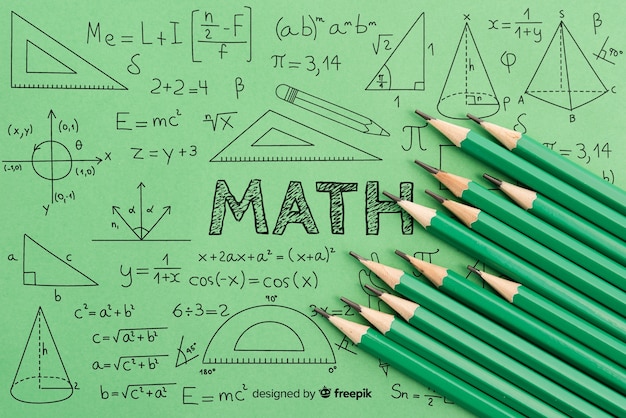Advanced Mathematics Learning Path
Created By Quantstart.com

210 Comments
54 Reviews
Text Book, Video
Not Accredited
Top down, Task based education, Self-paced education
Visit this Pathway
Improve this profile
Advanced Mathematics Learning Path
I am often asked in emails how to go about learning the necessary mathematics for getting a job in quantitative finance or data science if it isn't possible to head to university. This article is a response to such emails. I want to discuss how you can become a mathematical autodidact using nothing but a range of relatively reasonably priced textbooks and resources on the internet. While it is far from easy to sustain the necessary effort to achieve such a task outside of a formal setting, it is possible with the resources (both paid and free) that are now available.
Features
No Featuers
The pathway does not offer any specific features.